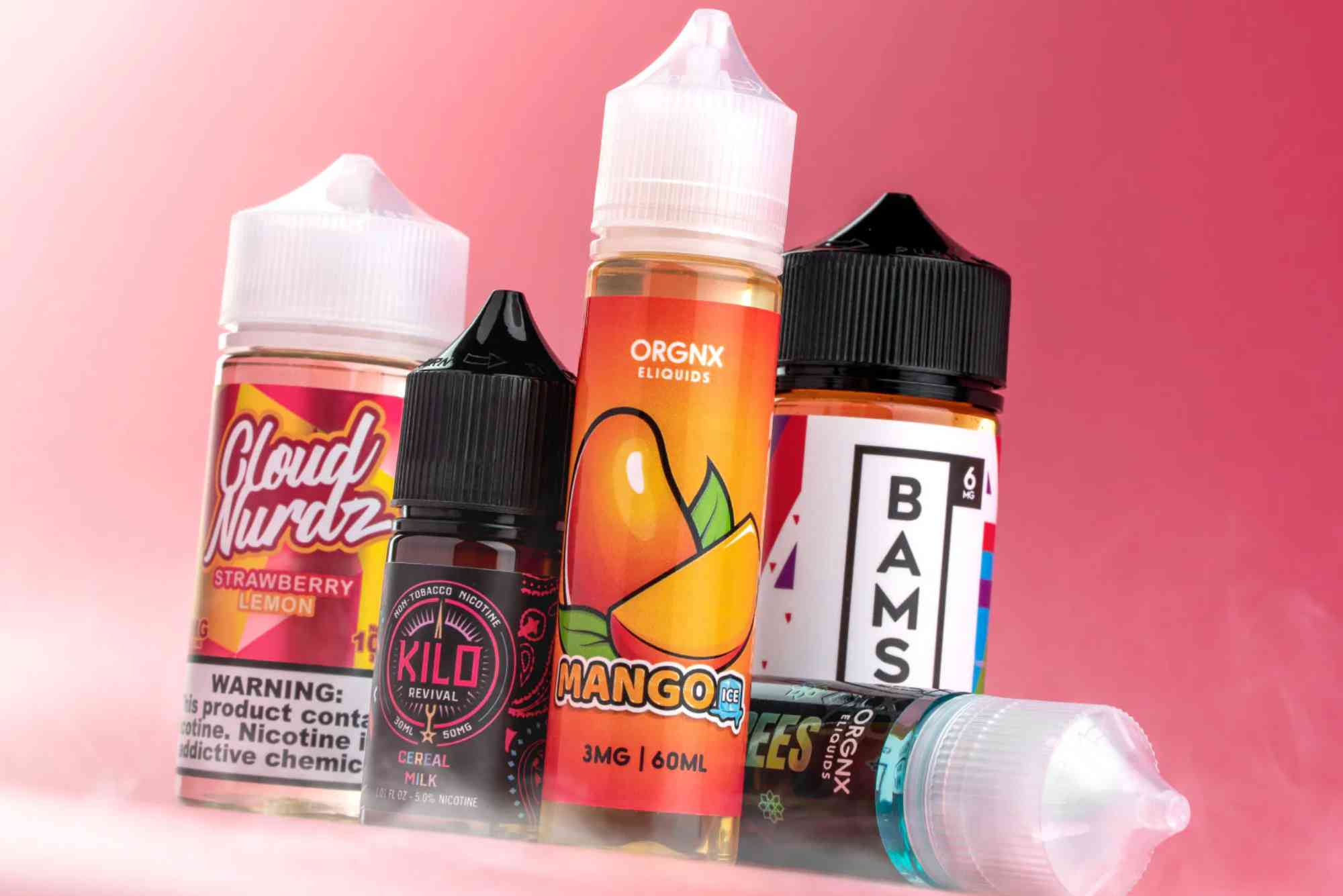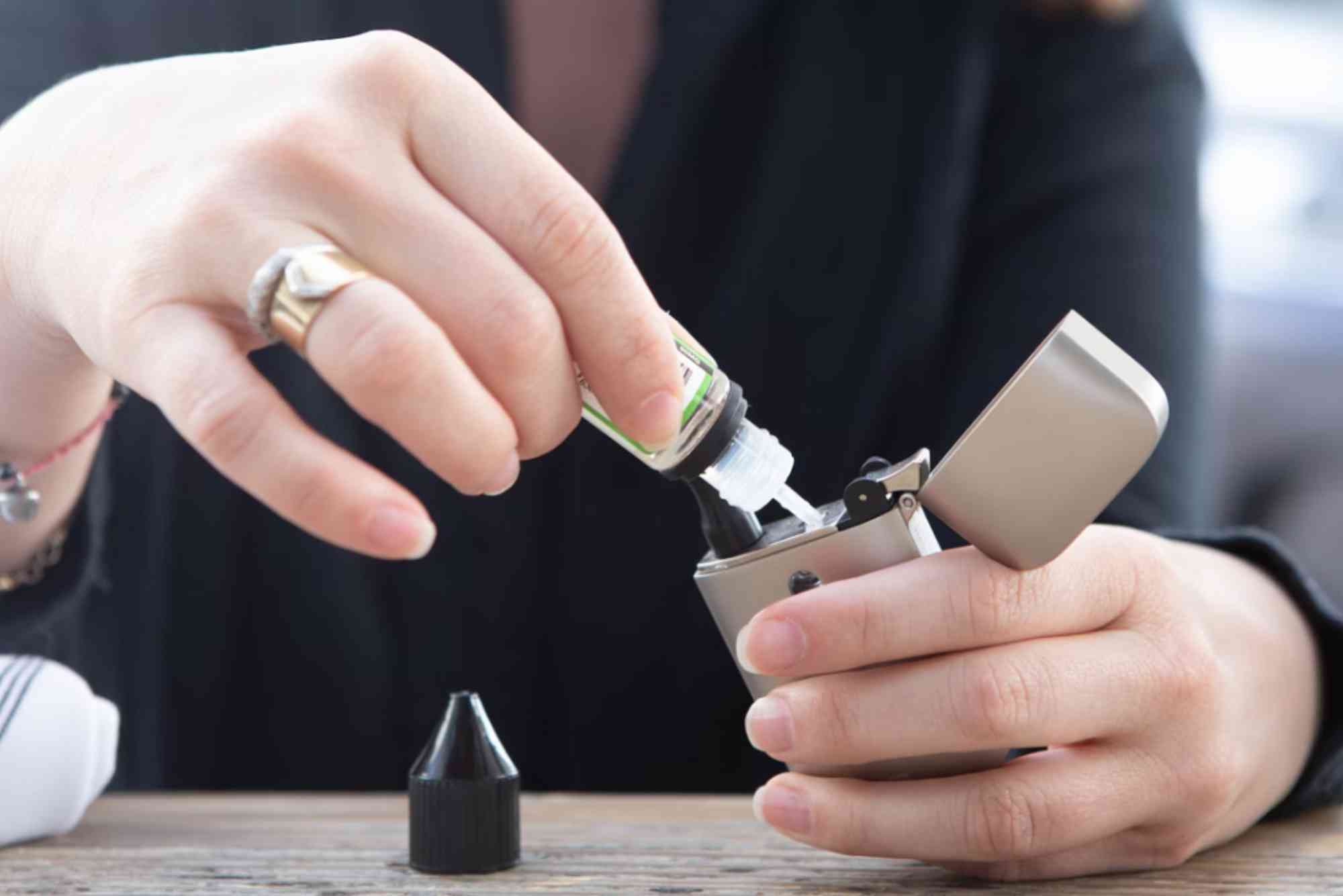Introduction
Vaping has become increasingly popular across the UAE, especially among young adults and teenagers. While marketed as a safer alternative to smoking, vaping still comes with serious health risks — particularly nicotine addiction. This article dives deep into the vape nicotine addiction landscape in the UAE, shedding light on how it affects users, the warning signs to look for, and how to seek help.
What Is Vaping and How Does It Work?
Vaping involves inhaling vapor produced by an electronic device known as an e-cigarette or vape. These devices heat a liquid — often containing nicotine, flavorings, and other chemicals — into an aerosol that the user inhales.
Common Vape Types in the UAE
- Pod-based systems like JUUL
- Disposable vapes such as Yuoto and Elf Bar
- Refillable vape mods used by seasoned users
Despite varying in size and design, most vapes in the UAE deliver nicotine, a highly addictive substance that can lead to long-term dependency.
The Science Behind Vape Nicotine Addiction
Nicotine stimulates the release of dopamine — the brain’s “feel-good” chemical. Over time, your brain becomes reliant on nicotine to feel normal. This repeated exposure creates a cycle of dependence, making it difficult to quit.
Why Vaping Is Especially Addictive
- High Nicotine Content: Many vape liquids sold in the UAE contain salt nicotine, which delivers a faster and stronger hit than regular cigarettes.
- Flavored Appeal: Flavors like mango, mint, and bubblegum attract younger users, increasing the risk of addiction.
- Perceived Safety: Many falsely believe vaping is harmless, leading to increased usage without caution.
Vape Nicotine Addiction in UAE: A Growing Concern
In the UAE, regulatory bodies such as the Emirates Authority for Standardization and Metrology (ESMA) have legalized and regulated vaping products. However, this has led to a rapid rise in use — particularly among youth.
Youth and Teen Vaping Statistics
While exact numbers vary, anecdotal evidence and school-based reports indicate a spike in vape use among students aged 13–18. The accessibility of flavored nicotine products plays a major role.
Cultural and Social Pressures
- Peer influence: Many teens begin vaping to fit in.
- Social media trends: Platforms like TikTok glamorize vaping, masking its addictive nature.
- Stress coping: Students and young adults in the UAE cite stress relief as a reason for picking up the habit.
Signs and Symptoms of Vape Nicotine Addiction
Recognizing addiction early can make a huge difference. Here are key signs to watch for:
Physical Symptoms
- Frequent headaches
- Dizziness or nausea
- Increased heart rate
- Insomnia or trouble sleeping
Behavioral Changes
- Craving the vape within an hour of last use
- Increased irritability when not vaping
- Hiding vape use from family or peers
- Decreased academic or work performance
Health Risks Linked to Vape Nicotine Addiction
Although vaping is sometimes seen as less dangerous than smoking, it carries its own risks.
Short-Term Effects
- Mouth and throat irritation
- Chest tightness or shortness of breath
- Dehydration and dry cough
Long-Term Consequences
- Lung damage: Cases of e-cigarette or vaping-associated lung injury (EVALI) have emerged globally.
- Heart problems: Nicotine increases blood pressure and heart rate, stressing the cardiovascular system.
- Brain development issues: Teens are especially vulnerable, as nicotine can impact learning and memory.
Regulations on Vaping and Nicotine Products in the UAE
The UAE legalized the sale of e-cigarettes in 2019 under strict regulations. Retailers must comply with ESMA standards, including child-proof packaging and nicotine content limits. vape nicotine addiction UAE
Key Legal Guidelines
- Sale of vapes to individuals under 18 is illegal
- Only certified vape products may be sold
- Public vaping is restricted in many areas
Still, illegal and unregulated products are available through underground markets, posing an even greater risk to health.
How to Prevent Vape Nicotine Addiction in the UAE
Prevention is always better than treatment. Whether you’re a parent, educator, or individual, these steps can help reduce the risk.
Educate and Inform
- Schools should incorporate vaping education in health programs
- Parents must talk openly with their children about risks
- Social media campaigns can help counteract vape glamorization
Set Boundaries and Monitor Use
- Limit access to money or locations where vapes are sold
- Encourage open dialogue rather than punishment
- Use apps or tools to track behavioral changes
How to Quit Vape Nicotine Addiction in the UAE
Breaking free from nicotine addiction is challenging — but very possible with the right help.
Steps to Take
- Set a quit date: Make a firm decision and stick to it.
- Identify triggers: Stress, social events, or boredom can reignite cravings.
- Use nicotine replacement therapy (NRT): Options include patches, gums, and lozenges.
- Seek professional help: Many UAE clinics offer addiction counseling and cessation programs.
Local Support Resources
- MOHAP (Ministry of Health and Prevention): Offers free health advice lines.
- SEHA Clinics: Provide tobacco cessation programs.
- Private rehabilitation centers: Available across Dubai, Abu Dhabi, and Sharjah.
FAQs
Is vaping safer than smoking?
Not necessarily. While vaping may contain fewer toxins than cigarettes, it still exposes users to nicotine and other harmful chemicals.
Can you get addicted to vaping without nicotine?
Vapes without nicotine are less likely to cause addiction, but the habit itself can still lead to psychological dependence.
How do I know if my teenager is addicted to vaping?
Look for signs like irritability, secretive behavior, physical symptoms like coughing, and an unusual smell on clothes or breath.
Are there vape-free support groups in the UAE?
Yes, many health centers and private organizations offer group therapy or support networks for individuals looking to quit vaping.
What age is legal for buying vapes in the UAE?
You must be 18 years or older to purchase vaping products legally in the UAE.


